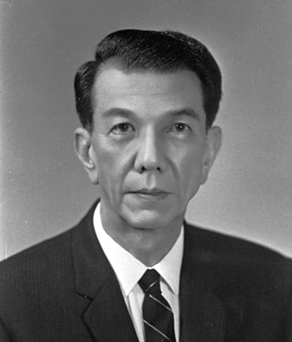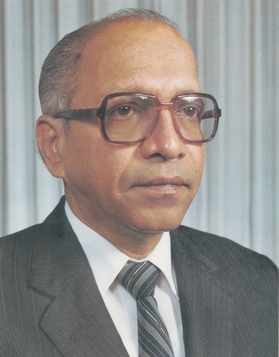During the Malay-Portugal wars in 1613, the settlement in Singapore was set ablaze by Portuguese troops. The Portuguese held control of this island and later by the Dutch in the 17th century. During all these time, Singapore island remained as a small fishing village and was part of the Sultanate of Johor (16th and early 19th centuries).
 |  |  |
Sir Thomas Stamford Raffles [6 July 1781 - 5 July 1826 (aged 44)]
On 29 January 1819, Sir Thomas Stamford Raffles landed on the main island. Spotting its potential as a strategic geographical trading post in Southeast Asia, Raffles signed a treaty with Sultan Hussein Shah on behalf of the British East India Company on 6 February 1819 to develop the southern part of Singapore as a British trading post and settlement. In August 1824, Singapore officially became a British colony.
| Resident | Name | Photo | In Office | Remark |
| 1st | William Farquhar (1770 – 13 May 1839) |  | 6 Feb 1819 – 1 May 1823 | Clear the plain on the north-east bank of the Singapore River and set up a new trading post. |
| 2nd | John Crawfurd (13 Aug 1783 – 11 May 1868) |  | 27 May 1823 – 15 Aug 1826 | Signed a treaty with Sultan Hussein Shah on 2 August 1824 in which the Sultan and the Temmenggong handed over the whole island to the British East India Company. |
The British India office governed the island from 1858, but Singapore was made a British crown colony in 1867, answerable directly to the Crown.
The Japanese occupied the island during War World II from 15 Feb 1942 to 12 Sep 1945 and name the island as Shōnantō (昭南島) meaning "southern island obtained in the age of Shōwa" in Japanese.
Singapore became a self-governing state within the British Empire in 1959 with Yusof bin Ishak as its first president and Lee Kuan Yew as prime minister.
Singapore declared independence from British in August 1963, before joining the Federation of Malaysia in September along with Malaya, Sabah and Sarawak. Singapore officially gained sovereignty on 9 August 1965 after leaving federation 2 years later.
| President | Name | Photo | In Office | Remark |
| 1st | Yusof bin Ishak (12 Aug 1910 – 23 Nov 1970) (aged 60) |  | 9 Aug 1965 – 23 Nov 1970 | First served as Yang di-Pertuan Negara (head of state) between 1959 and 1965. Founder of the Malay newspaper Utusan Melayu. |
| 2nd | Benjamin Henry Sheares (12 Aug 1907 – 12 May 1981) (aged 73) |  | 2 Jan 1971 – 12 May 1981 | The Benjamin Sheares Bridge and Sheares Hall in NUS is named after him. |
| 3rd | Devan Nair a/l Chengara Veetil ((5 Aug 1923 – 6 Dec 2005) ) (aged 82) |  | 23 Oct 1981 – 27 Mar 1985 | Nair resigned in unclear circumstances on March 28, 1985. |
| 4th | Wee Kim Wee (4 Nov 1915 – 2 May 2005) (aged 89) |  | 3 Sep 1985 – 1 Sep 1993 | Died of prostate cancer in his home |
| 5th | Ong Teng Cheong (22 Jan 1936 - 8 Feb 2002) (aged 66) |  | 28 Aug 1993 – 1 Sep 1999 | Died from lymphoma at the age of 66 |
| 6th | Sellapan Ramanathan (Born: 3 Jul 1924) |  | Since 1 Sep 1999 | Sworn in for a second term of office on 1 Sep 2005 |
| Prime Minister | Name | Photo | In Office | Remark |
| 1st | Lee Kuan Yew (Born: 16 Sep 1923) |  | 3 Jun 1959 – 28 Nov 1990 | He has immerse contribution in transforming Singapore into a developed capitalist economy. He is currently the Minister Mentor of Singapore. |
| 2nd | Goh Chok Tong (Born: 20 May 1941) |  | 28 Nov 1990 – 12 Aug 2004 | Introduced several major policies and policy institutions such as Medisave, Vehicle Quota Scheme and Elected President. He is currently the Senior Minister of Singapore. |
| 3rd | Lee Hsien Loong (Born: 10 Feb 1952) |  | Since 12 Aug 2004 | Initiated "Five-day work week", adovated the building of the two Integrated Resorts (IRs) and use of Progress Package to distribute wealth. |


No comments:
Post a Comment